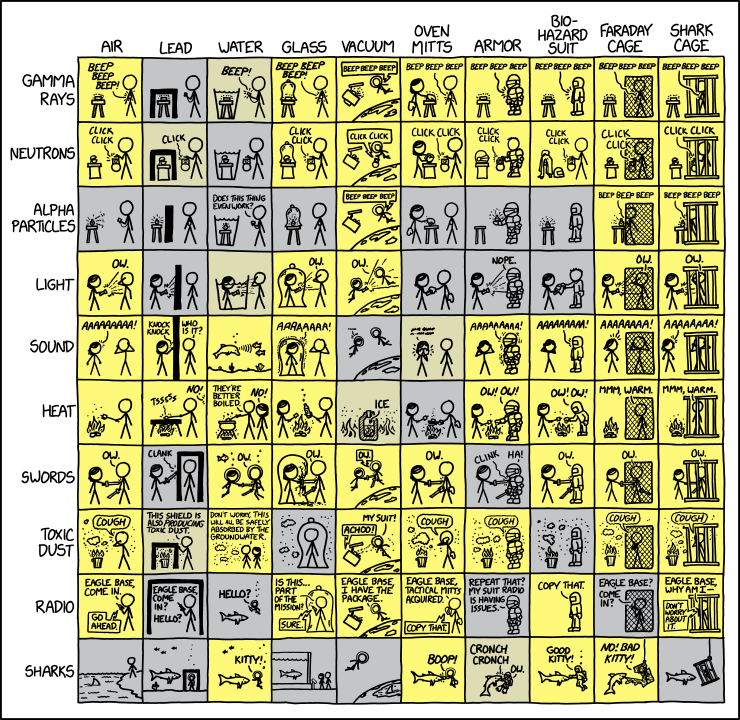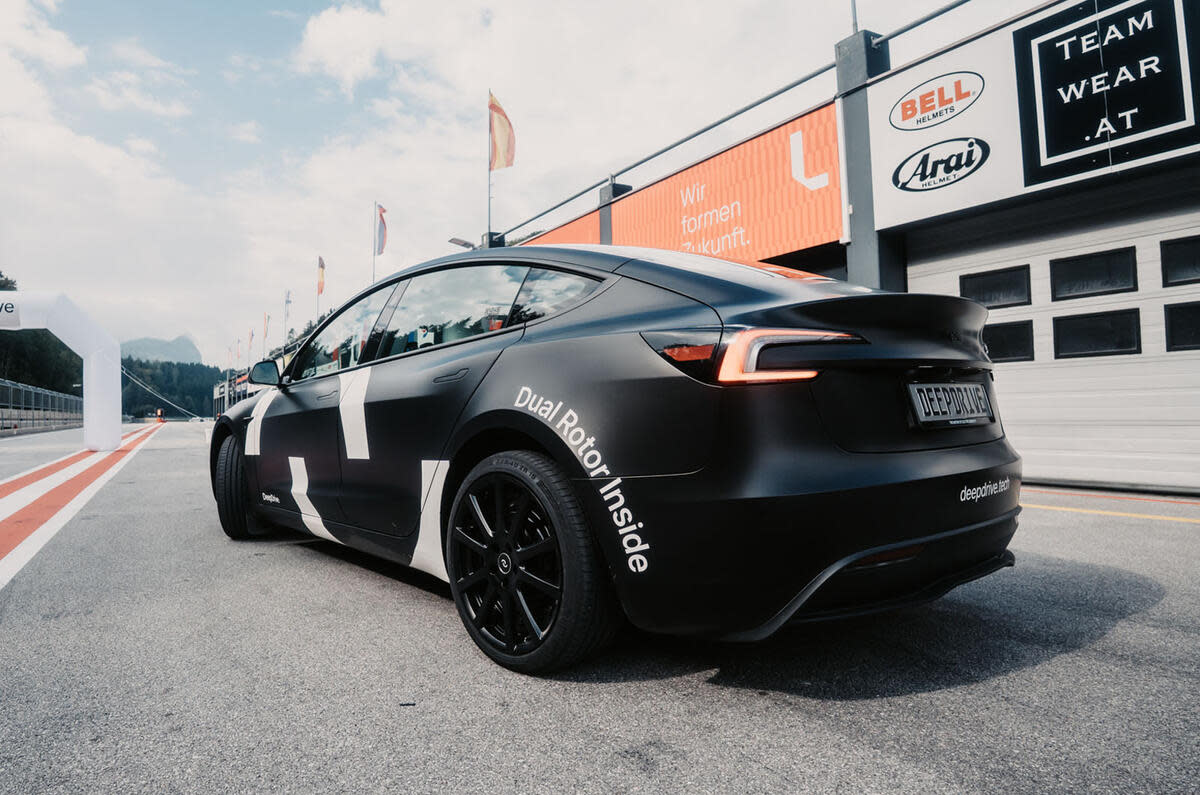NASA’s X-59 has finally taken flight.
The X-59 is NASA’s experimental new jet built to break the sound barrier without generating the thunderous sonic booms typically associated with supersonic flight.
NASA did not announce the flight publicly, nor has the agency issued a statement following its flight (likely due to the ongoing U.S. government shutdown).
But videos and photos were posted to social media by aircraft spotters and photographers, showing the radically elongated X-59 taking off before flying north out of Palmdale. Photographer Jarod Hamilton caught the X-59 as it left the ground, making a steep climb into the air above the Mojave Desert.
Based on the X-59’s track, it appears the X-plane flew oval-shaped "racetrack" patterns over the U.S. Air Force’s Edwards Air Force Base for just over an hour before landing at the facility.
NASA’s Armstrong Flight Research Center is located at the base. After this first flight, the X-59 will now reside at Armstrong, where it will undergo a testing campaign that will involve flying the jet over microphones placed throughout the desert and trailing other aircraft equipped with special air sensors through its shockwaves .
Get the Space.com Newsletter
Breaking space news, the latest updates on rocket launches, skywatching events and more!
The X-59 was designed by NASA and built by Lockheed Martin at the company’s storied Skunk Works facility in Palmdale. The aircraft was designed from the wheels up to be able to fly faster than the speed of sound without producing loud sonic booms, which can be disruptive to people on the ground below. Because of those booms, supersonic flight has been prohibited above land within a certain distance of the U.S. since 1973.
But NASA hopes to change that. If the X-59 can prove that "quiet" supersonic flight is possible, the restrictions on breaking the sound barrier above the populated U.S. could someday be lifted, allowing commercial supersonic flight. The high speeds of supersonic travel could also be a huge boon for disaster relief, medical transport and other industries.
Join our Space Forums to keep talking space on the latest missions, night sky and more! And if you have a news tip, correction or comment, let us know at: community@space.com.
via Latest from Space.com https://www.space.com
October 28, 2025 at 02:05PM




